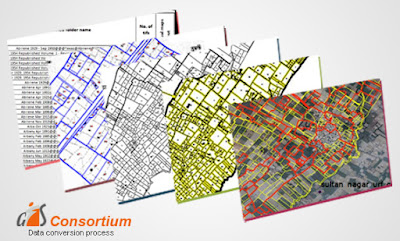What if your data is disorganized? Do you need to convert data, migrate data, or both? If you dive in without a strategy in place, you may run the risk of losing data. Therefore, it is best to get a basic understanding of how to work with data.
What is Data Conversion and Migration?
Data Conversion
It is essential that all of your data is organized into distinct data fields. Each and every data field has a specific format that can be converted into different forms if necessary.
Often you will need to convert data before it can be migrated to a new location. Conversion can be complex because you need to have a complete as well as proper understanding of the form you are converting from. Also, the form you are converting to. If you don’t, you may run the risk of compromising your data and ruining it’s integrity during the conversion process.
Converting numerical fields namely the customer numbers and zip codes, can be especially tricky. Certain programs treat numerical fields differently than other forms of data. It is possible that it may automatically drop or change numbers that start with a zero. If you don’t know this and go to convert a bunch of numerical data, you could end up with a very huge mess.
You may require special or specific tools to help with the data conversion. For GIS Data Conversion, you may contact a renowned GIS Solutions Provider Company.
Data Migration
Where GIS data conversion deals with migration of information from existing information databases to new ones that often require changes in data formats, data migration is the process of moving and merging entire databases or programs.
Data migration may appear simple at first glance, but it’s actually quite complex. It usually involves what is called data mapping. It is a strategic process that maps data from one database to another by looking at where the data lives currently, and where it will be stored, once it is moved.

